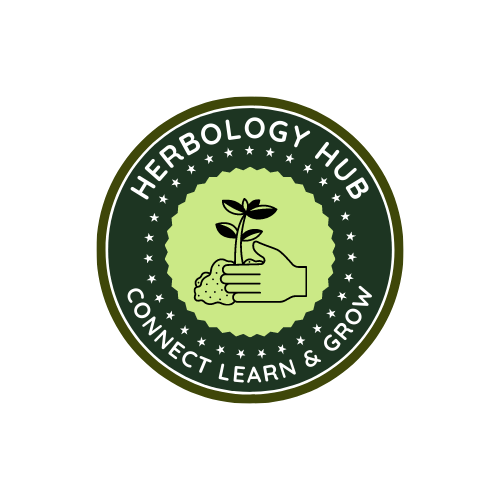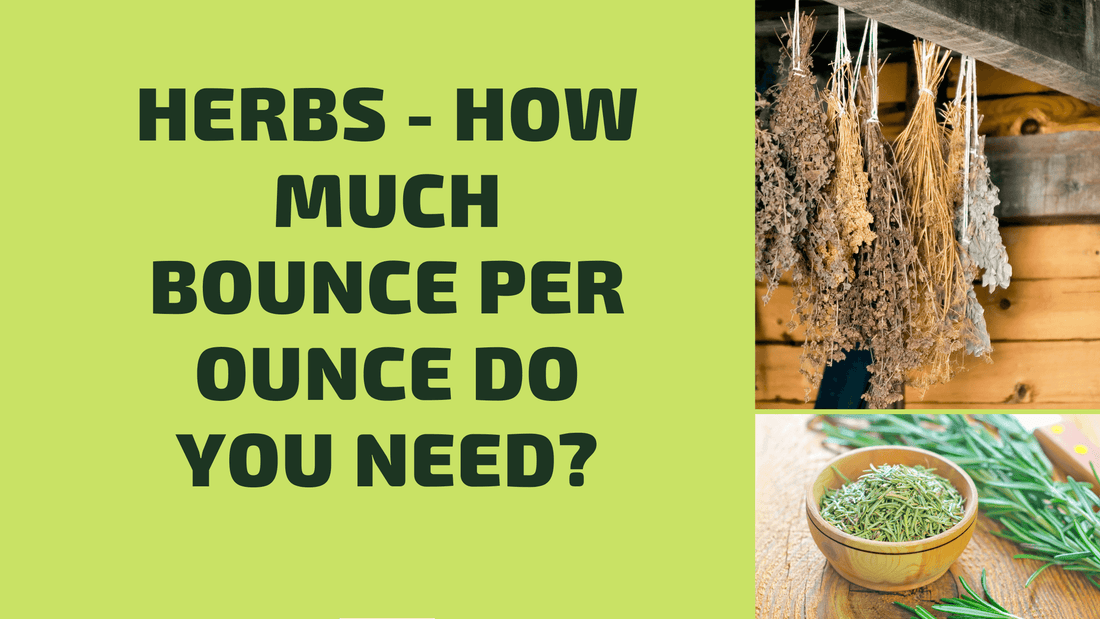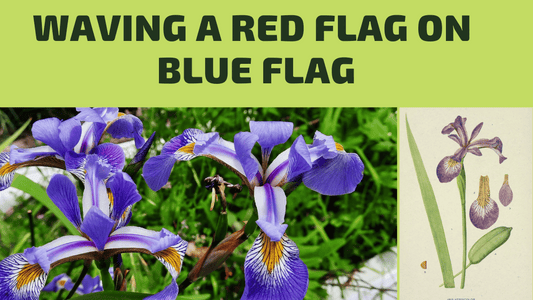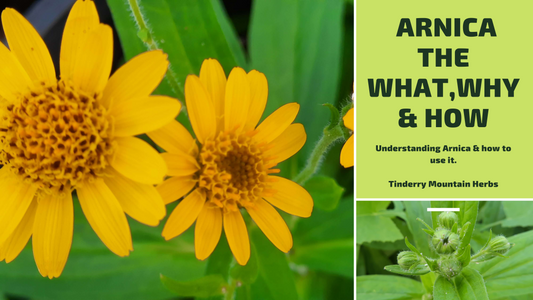Getting the most therapeutic doses out of the least amount of plant make sense, right?
For endangered herbs using the harvested material wisely to make the most amount of medicine is a worthy aim. Here is a major way to achieve that with two of these herbs.
Make medicine from the fresh plant
Tincturing some fresh endangered herbs can give you similar strengths and more doses than the dried herb according to Michael Moore author of Medicinal plants of the Pacific West (1993).
Using Black Cohosh (Cimicifuga spp.). as an example, Michael explains this well in the following quote from his book.
‘The herb deteriorates fast (Black Cohosh) and needs to be tinctured fresh…’
‘… the same single root will create more therapeutic bounce for the ounce if tinctured fresh. As with so many herbs, the bioactivity of a square inch of the fresh root is rather greater than the same inch if it were dehydrated.‘
‘…Ten ounces of fresh Black Cohosh root may supply 60 full doses as fresh root tincture. Ten ounces will dry down by mass to slightly over one ounce which produces only 20 full doses. …in bioactivity the fresh and dried tinctures are nearly the same strength.’
Michael also mentions Golden seal – once again fresh gives more doses and the same bioactivity as dried.
A caution however. This does not hold for all plants – do your research and reading. American ginseng for example gives little advantage dried vs fresh.
We can see that for two specific endangered herbs Black Cohosh and Golden Seal fresh tincturing has advantages for the plant communities and for the medicine.
So why dry the plants in the first place?
‘Commerce needs dry botanicals.’ Michael Moore 1993
What Michael means is that trading and shipping herbs in commerce needs them to be in a stable state – that usually means dried.
It allows the following advantages –
- Be in a stable state in order to be traded
- Able to be used away from where they are grown or transported to different locations
- Reduce the bioactivity of the herb to a level that can be used medicinally. This is where tradition and research help us make this judgment wisely.
- Be able to use herbs out of season
- Use herbs in large quantities
Tincturing (Making an alcoholic extract mixture) achieves the same objective by creating a stable product that has medicinal properties.
Companies who produce commercial quantities of herbal medicine needs to access large amounts of material that fits their economy of scale.
Often this needs to be imported due to a lack of quantity with local commercial growers, logistics of distance and time between the place of harvest and the site of manufacture, plus the hard economic demands of prices paid.
This means importation and it means dried herb.
Caution – There are some herbs however where drying is part of the process to render them safe and medicinal. Do your homework from reputable sources of information.
In the fresh state they can be too active for safe usage.
Australian Herbalist Dorothy Hall often told her students that drying herbs ’took the bounce out of them.’ In other words, they were safer to use. She also added the reminder that the literature and usage of herbs historically was based largely on the use of dry herbs.
Culver’s root and Valerian are two that come to mind that need drying and time to render them effective. There are always exceptions.
Once again do your research as to what herbs this is appropriate with.




